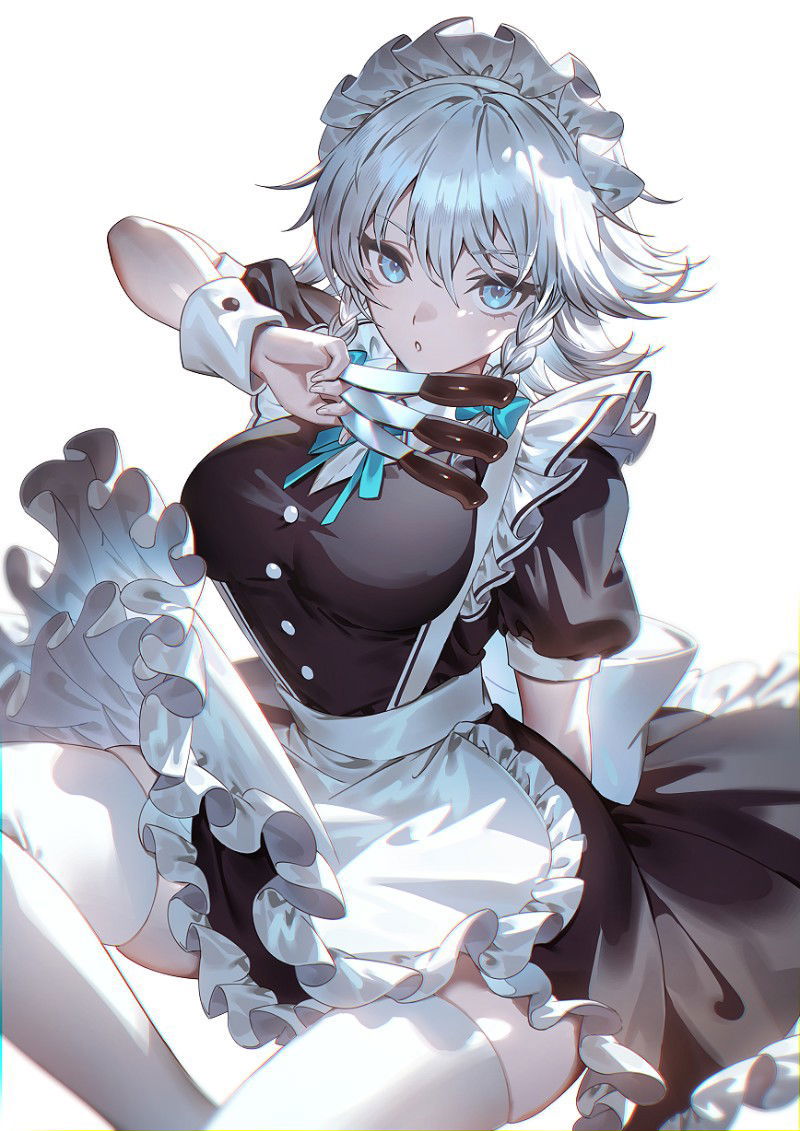Before you even pick up a pencil, it's crucial to grasp the fundamental principles of anime anatomy, especially as it applies to male characters. Anime often employs stylized proportions that differ from realistic human anatomy, but this doesn't mean it's without its own internal logic. Understanding these stylized rules is key to creating characters that look intentionally designed, not just awkwardly proportioned.
Proportions: The Blueprint of Your Character
The head is often the unit of measurement in anime. A typical adult male anime character might be 7 to 8 heads tall. However, this can vary significantly depending on the desired aesthetic. For instance, younger characters or those with a more "chibi" style might be as short as 3-4 heads tall, while imposing, heroic figures could reach 9 or even 10 heads.
- Head: The head is usually slightly larger in proportion to the body than in realistic drawing, emphasizing facial features and expressions.
- Torso: The torso is generally longer and more slender than in realistic proportions. The shoulders are often broader, giving a more imposing or heroic silhouette.
- Limbs: Arms and legs are typically elongated, contributing to the dynamic and often graceful movement seen in anime. The length of the legs is particularly important for conveying a sense of height and agility.
- Waist: The waist is often less defined in male characters compared to female characters, contributing to a more angular or muscular build.
When starting your anime male character base drawing, begin with simple geometric shapes to block out these proportions. Think of the head as a sphere, the torso as a cylinder or a slightly tapered box, and the limbs as simpler cylinders. This basic scaffolding will ensure your character has a believable structure before you add any detail.
Skeletal Structure and Muscle Definition
While anime often simplifies anatomy, understanding the underlying skeletal structure and how muscles attach can greatly enhance your character designs. Even if you're not aiming for hyper-realism, a basic awareness of where joints bend and how muscles create form will prevent your characters from looking flat or unnatural.
- Shoulder Girdle: The broadness of the shoulders is a key characteristic of many male anime characters. Pay attention to how the clavicle (collarbone) and scapula (shoulder blade) influence the shape of the upper torso.
- Torso Muscles: While not always explicitly rendered, the underlying musculature of the abdomen, chest, and back contributes to the character's silhouette. Consider the rib cage and the way the abdominal muscles might subtly suggest definition.
- Limb Structure: Understand the major muscle groups in the arms (biceps, triceps, deltoids) and legs (quadriceps, hamstrings, calves). Even a simplified representation of these will add volume and dynamism to your drawings.
Don't be afraid to look at anatomical references, even if you plan to stylize them heavily. Understanding the "why" behind the shapes will allow you to make more informed artistic choices.

